India’s Rafale Carried Only MICA, Not METEOR BVR in Pakistan Air Clash — Strategic Misstep ???
Despite India’s headline-making €7.8 billion (≈RM38.2 billion) Rafale deal signed in September 2016—complete with over 250 METEOR missiles valued at RM1.1 billion—Indian Rafales were reportedly deployed with only short-range MICA missiles in the early days of the conflict.
(DEFENCE SECURITY ASIA) — A recent successful live-fire test of the METEOR beyond-visual-range air-to-air missile by a French Navy Rafale Marine from the aircraft carrier Charles de Gaulle at the Landes Test Centre has once again highlighted the potent capabilities of Europe’s premier BVR weapon.
However, the test has also reignited serious concerns across South Asia about why Indian Air Force (IAF) Rafale fighters failed to field METEOR missiles during the real-world aerial confrontation with Pakistan in May 2025.
Despite India’s headline-making €7.8 billion (≈RM38.2 billion) Rafale deal signed in September 2016—complete with over 250 METEOR missiles valued at RM1.1 billion—Indian Rafales were reportedly deployed with only short-range MICA missiles in the early days of the conflict.
This operational decision, or oversight, has stunned defence observers, especially as Pakistan’s J-10C fighters equipped with PL-15E missiles decisively dominated the BVR (Beyond Visual Range) battlespace, engaging targets at standoff distances far beyond MICA’s envelope.
In one particularly alarming claim, a Pakistani defence source stated that an Indian Rafale was shot down at 182 km—a range well outside the MICA’s maximum reach of 100 km, and within the PL-15E’s theoretical performance in optimal conditions.
The initial air clash between the two rival air forces has been described by observers as “the largest dogfight of the 21st century,” involving approximately 125 fighters from both sides and testing the limits of networked warfare, air-to-air missile envelopes, and tactical coordination.
Analysts believe that PAF’s J-10C fighters may have executed these engagements while remaining within Pakistani airspace, launching PL-15s at Indian Rafales during the early phase of hostilities, illustrating the new reach of air dominance without territorial infringement.
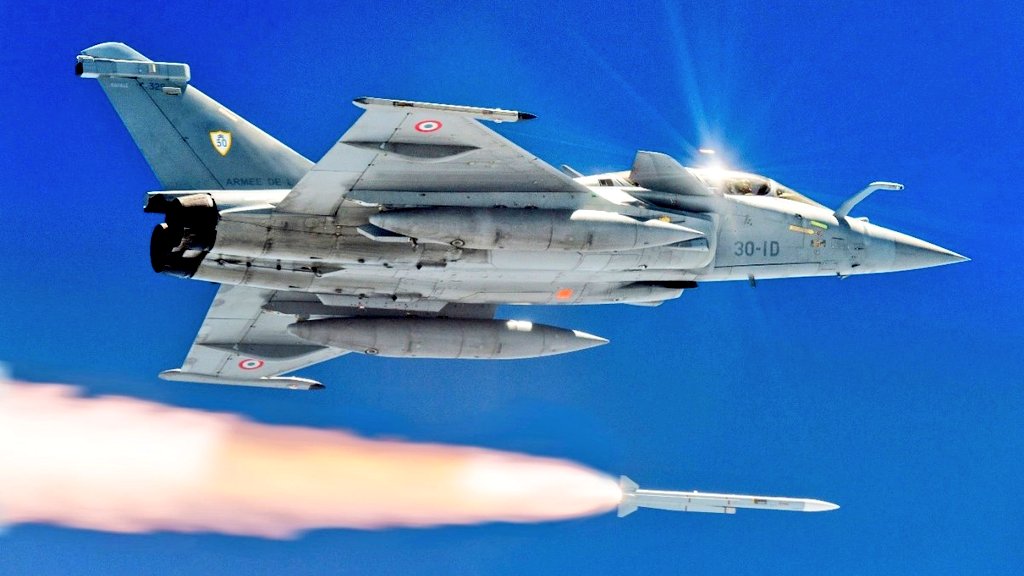
Pakistan has claimed that it downed six Indian aircraft, including three Rafales, one Su-30MKI, a MiG-29, and a Mirage 2000, using PL-15E missiles launched from J-10C platforms, effectively neutralizing India’s top-tier fighters with Chinese-made long-range weapons.
India, however, has categorically denied all such losses, branding the Pakistani reports as “baseless and fabricated,” and maintaining that all Rafale jets remained intact and operational post-conflict.
Nevertheless, speaking during an exclusive interview with Bloomberg TV at the Shangri-La Dialogue in Singapore recently, Indian Chief of Defence Staff General Anil Chauhan confirmed the losses while simultaneously downplaying their numerical significance and emphasizing the need to understand the cause of the losses.
“”What is important is that, not the jet being down, but why they were being down. Numbers are not important,” General Chauhan said, subtly redirecting attention from operational damage to lessons learned.
While he dismissed Pakistan’s claim of downing six Indian Air Force (IAF) jets as “completely inaccurate,” he notably declined to offer an alternative figure, leaving a vacuum filled by speculation and foreign intelligence leaks.
Chauhan stated, “”Why they were down, what mistakes were made – that are important. The number is not important,” reinforcing the IAF’s focus on tactical introspection over public accountability.”
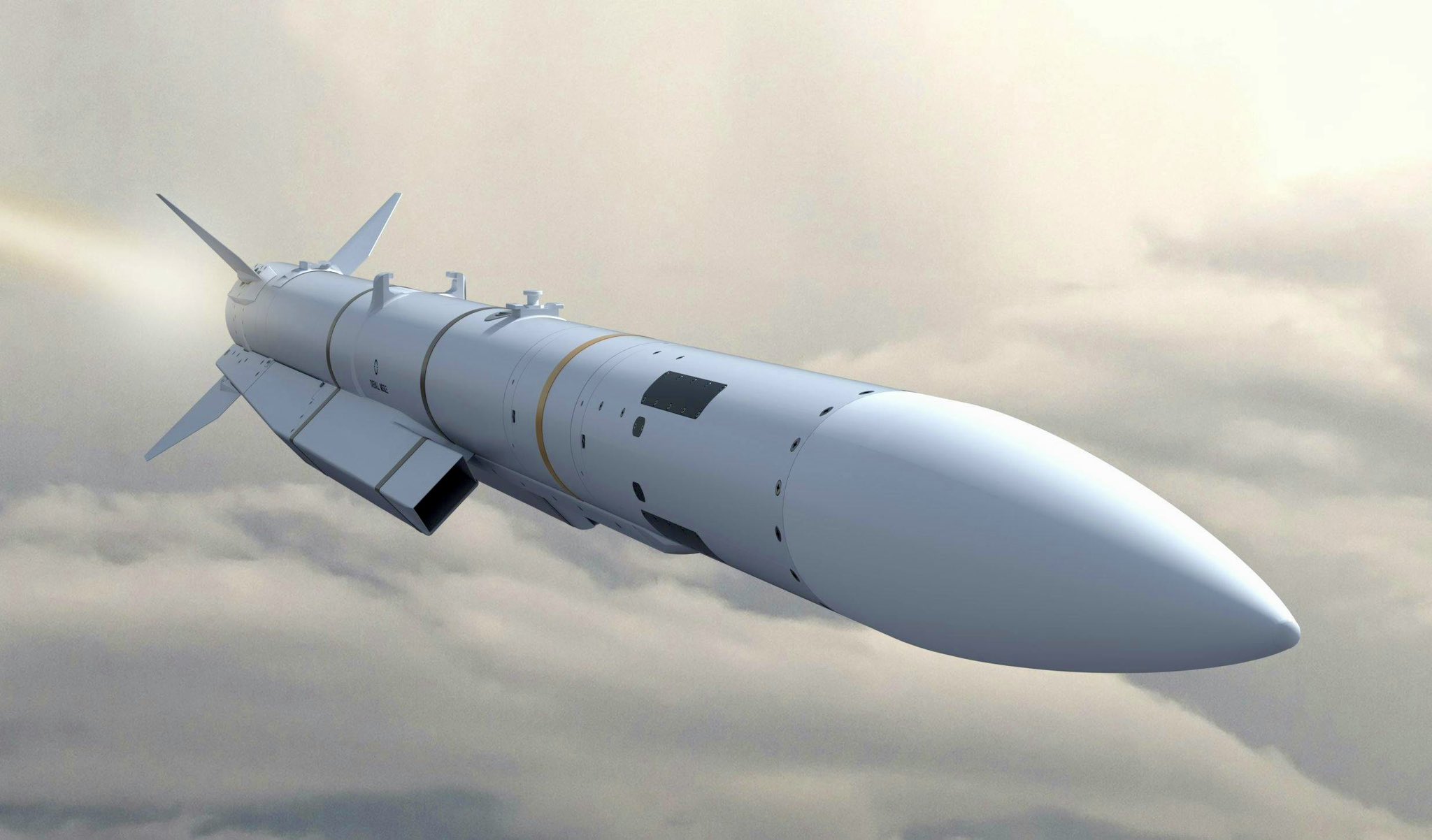
He added that India’s air force had swiftly recalibrated after initial setbacks, noting, “The good part is that we are able to understand the tactical mistake which we made, remedy it, rectify it, and then implement it again after two days and flew all our jets again, targeting at long range,”
Yet, the undeniable absence of METEOR from India’s frontline Rafale deployments—despite its proven effectiveness and the significant investment made to acquire it—has sparked intense scrutiny across global military circles.
The PL-15E missile, designed by China’s AVIC and CASC, is the export version of the PL-15 in service with the People’s Liberation Army Air Force (PLAAF), and is increasingly viewed as one of the most capable long-range air-to-air missiles in the global defence market.
With its AESA active radar seeker, dual-pulse solid rocket motor, and range exceeding 145 km, the PL-15E can engage maneuvering aircraft at extreme distances while maintaining terminal velocity and survivability in electronic warfare environments.
What’s even more significant is that the PL-15E is now being viewed positively on the international stage, with many countries acknowledging that Chinese missile technology has matured to a level that challenges, and in some cases surpasses, its Western counterparts.
In regions like the Middle East, Africa, and Southeast Asia, China’s defence exports—including the PL-15E, HQ-9, and Wing Loong UAVs—are increasingly seen as cost-effective and highly capable alternatives to U.S. and European offerings.
The Pakistan Air Force’s successful deployment of the PL-15E during actual combat scenarios only reinforces this perception, with Chinese missile systems no longer seen as merely “budget options,” but rather viable front-line tools for modern air warfare.
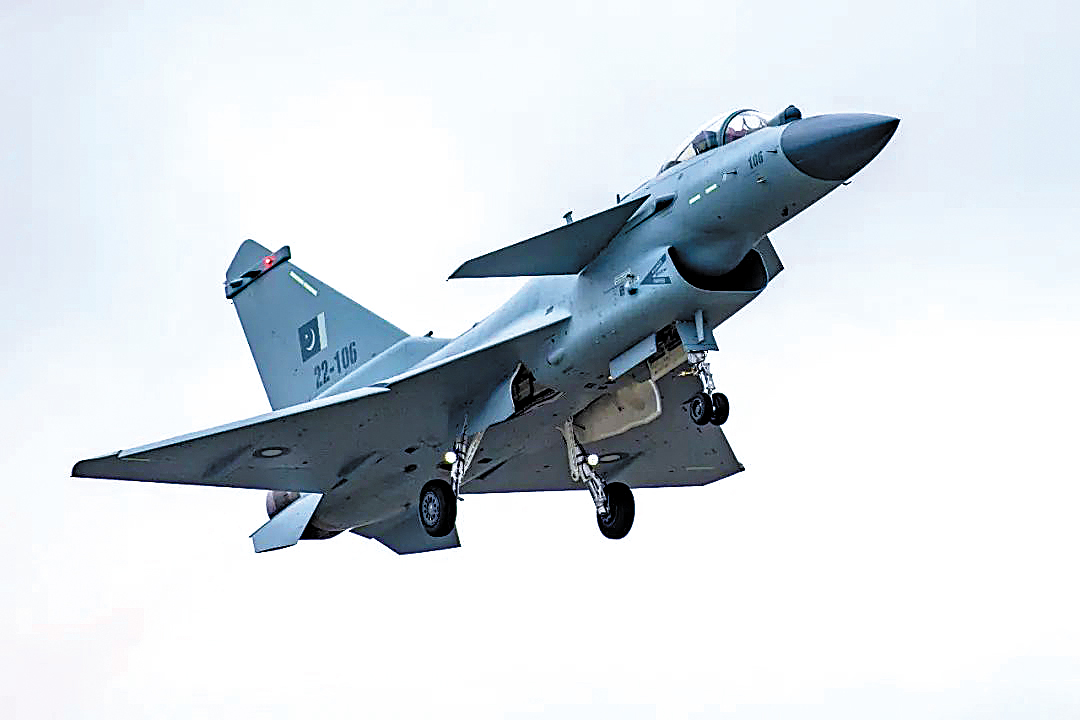
In contrast, the non-deployment of METEOR by Indian Rafales—despite its reputation as the world’s most lethal BVR missile powered by a supersonic ramjet engine—suggests serious doctrinal or logistical disconnects within India’s air combat strategy.
METEOR is specifically designed to outperform legacy missiles like the AMRAAM and PL-15 by maintaining high kinetic energy throughout its entire flight, creating a vastly expanded “no-escape zone” for any targeted aircraft.
With ranges between 150–200 km, active radar guidance, two-way datalink for midcourse updates, and fire-and-forget capability, METEOR has been lauded as a “game changer” by every air force that operates it—including those in France, the UK, Germany, Sweden, and India.
But even the most advanced missile is only as good as its deployment, and India’s decision to fly Rafales into a PL-15E-dominated environment without METEOR support has effectively surrendered the BVR advantage to Pakistan.
This reality is forcing a regional reassessment of China’s role as a provider of cutting-edge military technology, with many analysts now openly declaring that Beijing has caught up—and in some BVR metrics, even surpassed—traditional Western missile dominance.
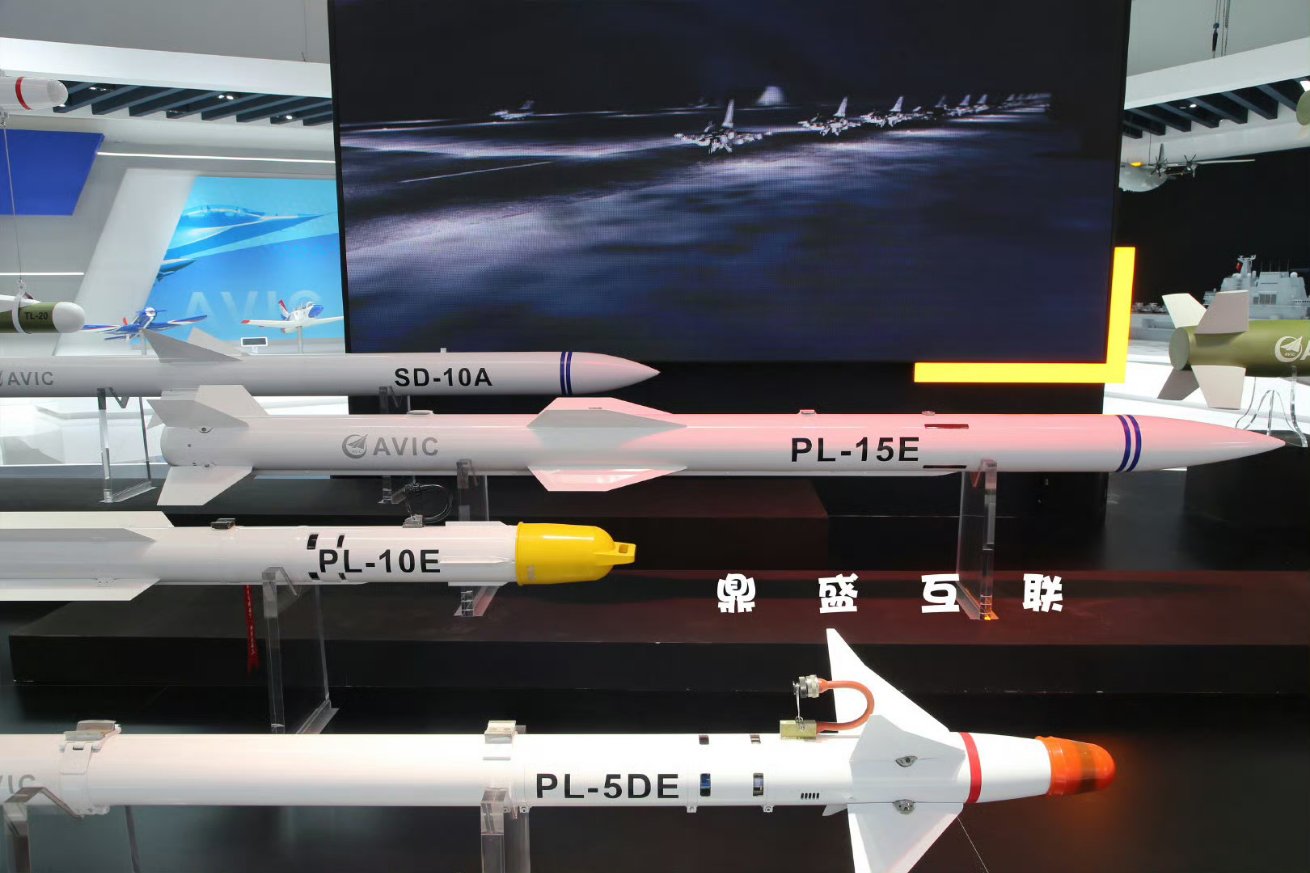
PL-15E (Export Variant) – Technical Specifications:
-
Length: 4.0 meters
-
Diameter: 203 mm
-
Weight: ~200–250 kg
-
Top Speed: > Mach 4
-
Maximum Range: 145 km (export-limited)
-
Guidance System: Inertial + Satellite Navigation + AESA Radar
-
Propulsion: Dual-pulse solid rocket motor
-
Compatible Platforms: J-10C, JF-17 Block III, J-20 (domestic)
MBDA METEOR – Technical Specifications:
-
Length: 3.65 meters
-
Diameter: 178 mm
-
Weight: 185 kg
-
Range: 150–200 km (launch profile dependent)
-
Top Speed: > Mach 4
-
Guidance: Inertial + Two-Way Datalink + Active Radar
-
Propulsion: Supersonic Ramjet
-
Launch Platforms: Rafale, Eurofighter Typhoon, Gripen E, F-35 (future)
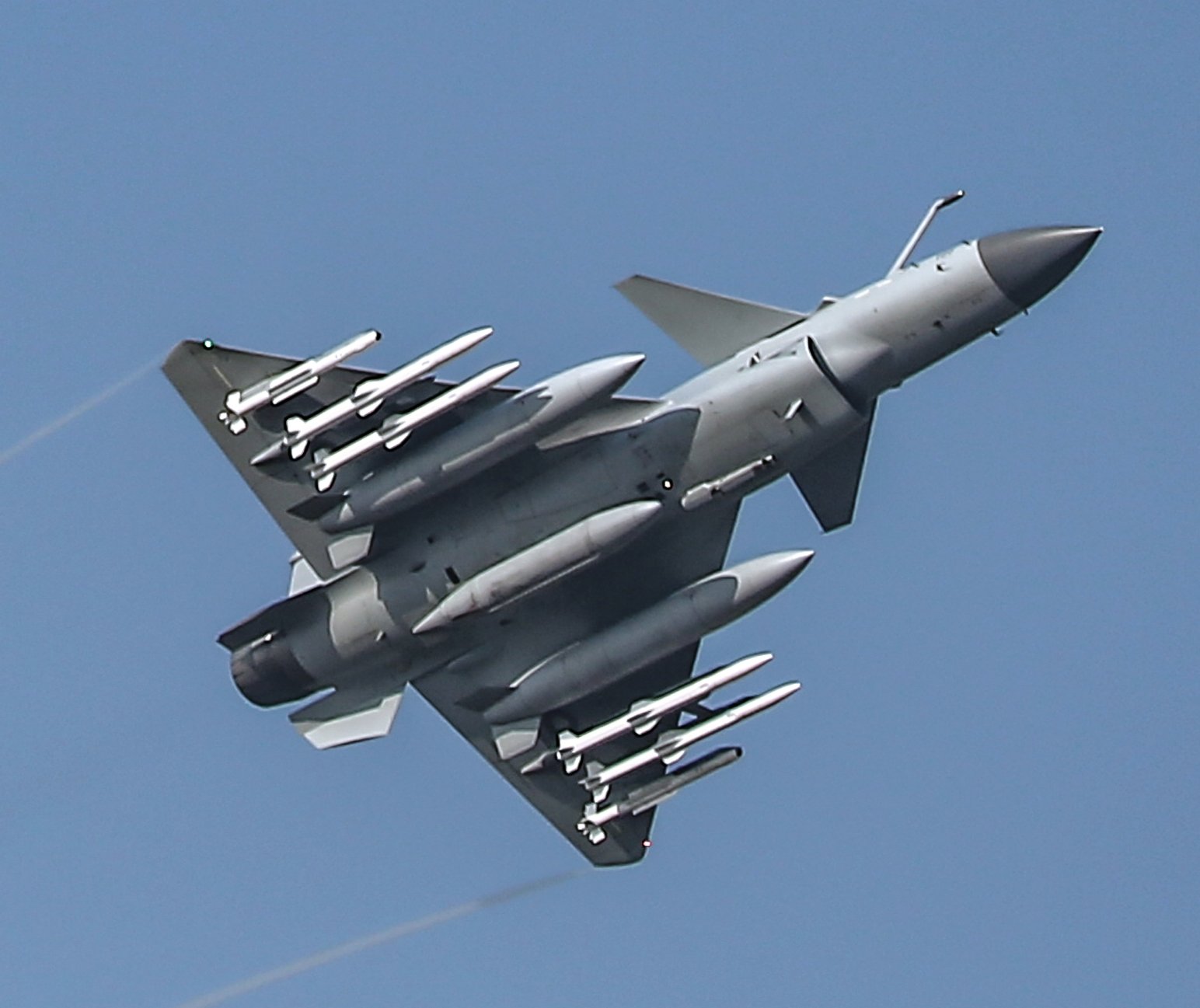



And then JSM enters the chat…. Hey guys wanna trade blows? In any scenario! Under and over water, on land or in the air and distances up to 350 km.
That litle icecold polarbear country in the north Norway has slapped EVRYONES wrist with it, and even found its dedicated space inside the belly of the F35, F22, B2, and will be on the wing pylons of the rest in time, and lastly it is capable of being equipped with a tactical nuclear warhead, which is allready done. Tomahawk and Meteor and call it what codes you want, is just no less than 20 years behind in development of completely autonomus missiles. The JSM finds it target by recognizing it, even if it has moved and is miles away. It actively seeks it, and can be called of until the last few seconds if needed and rerouted to another target if needed! And it updates information and recieves information actively from all the different allied sources and units surrounding it in the zone, ships, copters, planes, groundpersonell or artillery or nasams.
Now that is the missile for the future. And so far only Norway, USA and Israel has access.
The report that Meteor missiles were not deployed is not verified and it is possibly one planted to save face for the Indian Air Force. It can at least claim with such reports that it used missiles that were not the best in its arsenal, hence conveniently explaining away it’s under performance.
Indian are cutting excuses. The disconnect of logistics with environment, can’t believe that. Something is still not told clearly.
How deep the system had been compromised!! Airforce arming rafale with mica instead of meteor.. enquiry must be set up and Airforce completely overhaul as 2019 they shot down a own helicopter